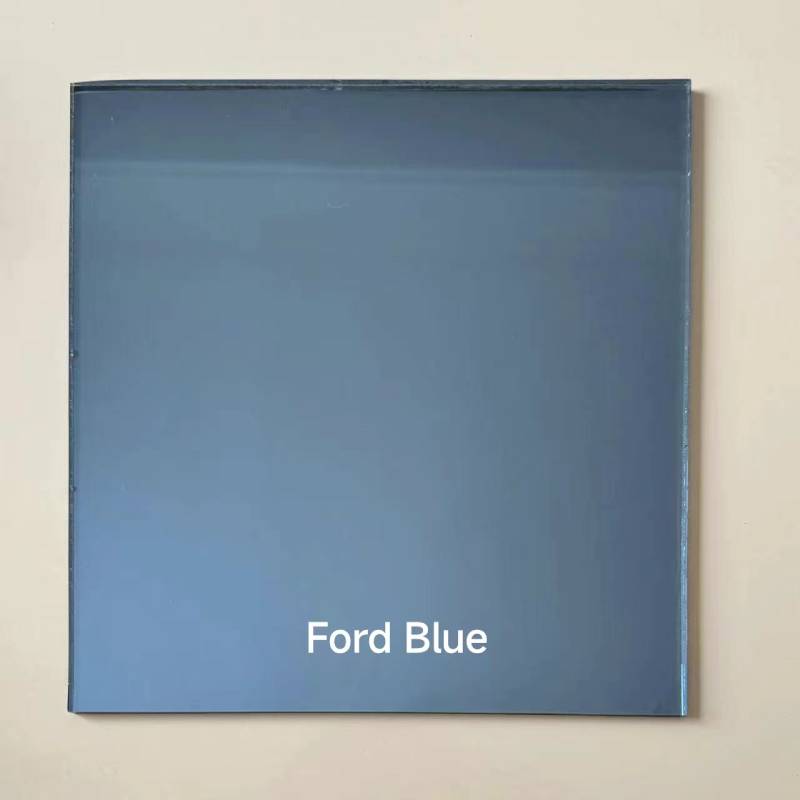

Understanding Tempered Glass Properties, Applications, and Benefits
Tempered glass, often referred to as toughened glass, is a type of safety glass that has been thermally or chemically treated to increase its strength compared to standard glass. The manufacturing process involves heating the glass to over 600 degrees Celsius and then rapidly cooling it. This treatment not only enhances the glass's strength but also alters its thermal properties, making it more resistant to thermal shock.
Understanding Tempered Glass Properties, Applications, and Benefits
Tempered glass is widely used in a variety of settings. In the construction industry, it serves as an essential component in windows, doors, and facades, enhancing not only strength but also aesthetic appeal. Its ability to withstand high winds and extreme weather conditions makes it indispensable for high-rise buildings. Moreover, tempered glass is often used in shower doors, partition walls, and even in furniture design due to its elegance and safety.

In automotive applications, tempered glass is commonly utilized for side and rear windows. The enhanced strength of tempered glass helps maintain the structural integrity of vehicles during accidents, providing an added layer of safety for passengers. Additionally, tempered glass is used in oven doors and cooktops, where it needs to endure high temperatures without cracking or shattering.
The thermal properties of tempered glass also play a crucial role in energy efficiency. By incorporating insulated tempered glass in windows, buildings can achieve better thermal performance. This feature reduces energy costs by improving insulation and minimizing heat gain in the summer and heat loss in the winter. Thus, tempered glass not only ensures safety but also promotes sustainability through energy-efficient building practices.
When discussing the benefits of tempered glass, it is essential to highlight that while it is more expensive than regular glass, the long-term advantages often justify the initial investment. Increased safety, improved durability, and enhanced aesthetic qualities contribute to greater overall value. Additionally, the ability of tempered glass to withstand environmental stresses makes it a cost-effective choice in the long run, as it requires fewer replacements or repairs.
In conclusion, tempered glass is a remarkable material that combines safety, durability, and aesthetic appeal, making it an advantageous choice in many applications. Its strength and resilience, along with its ability to minimize injury in the event of breakage, render it a vital component in modern architecture, automotive design, and various household applications. As demand for energy-efficient and safe materials continues to rise, the use of tempered glass is likely to become even more prevalent, showcasing its importance in today's world. Whether for its functional benefits or its elegant appearance, tempered glass remains an essential choice for builders, designers, and consumers alike.